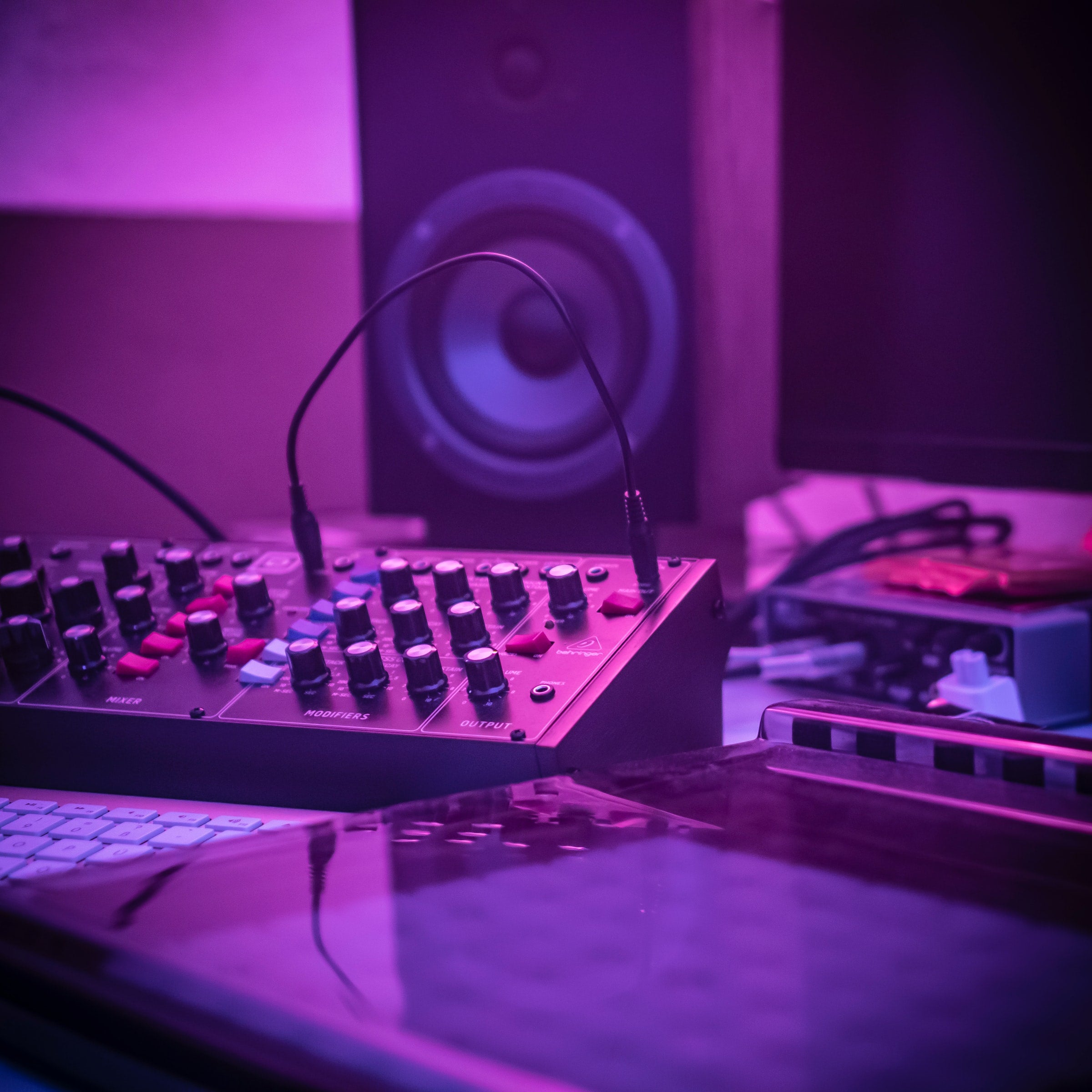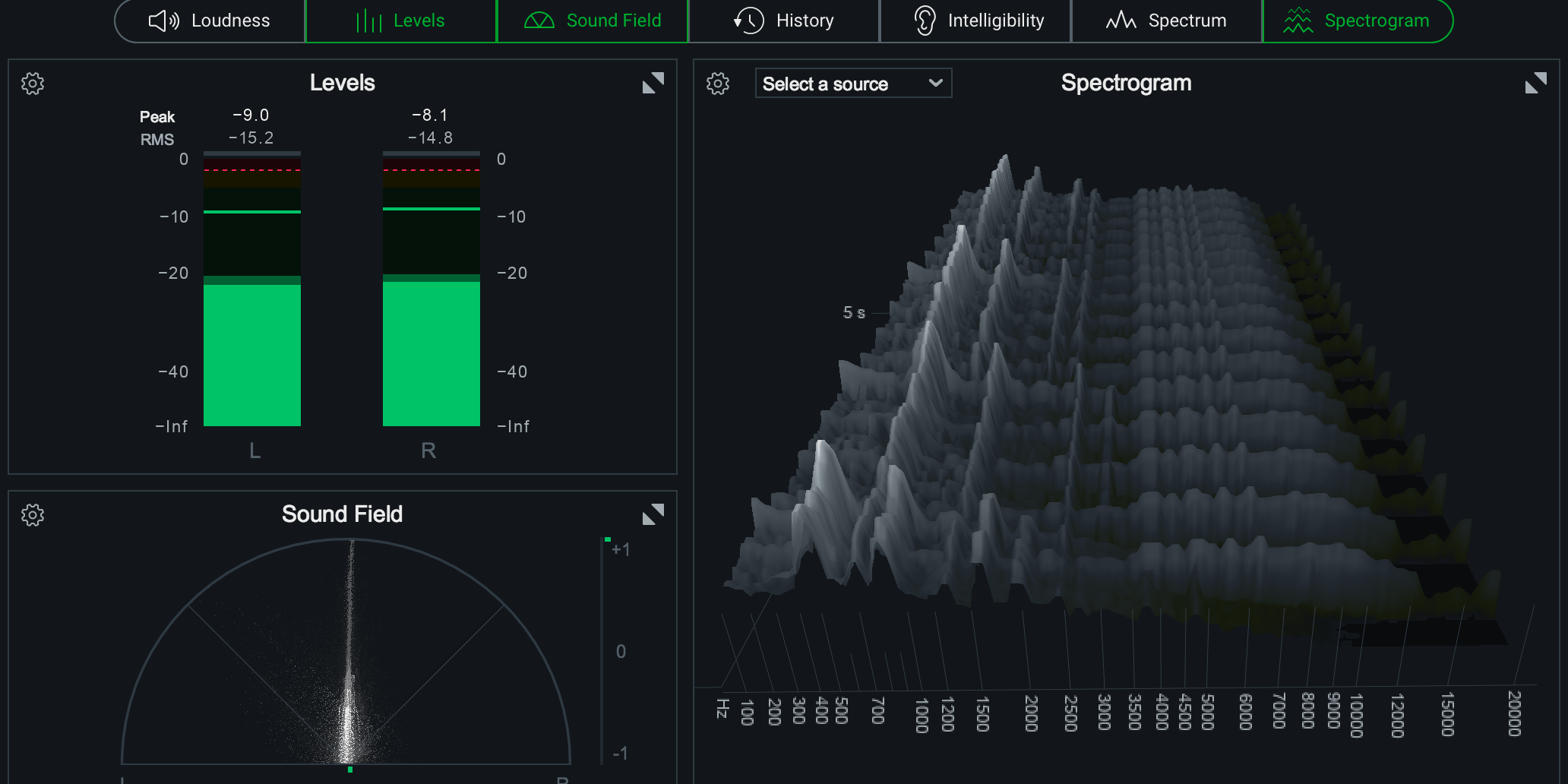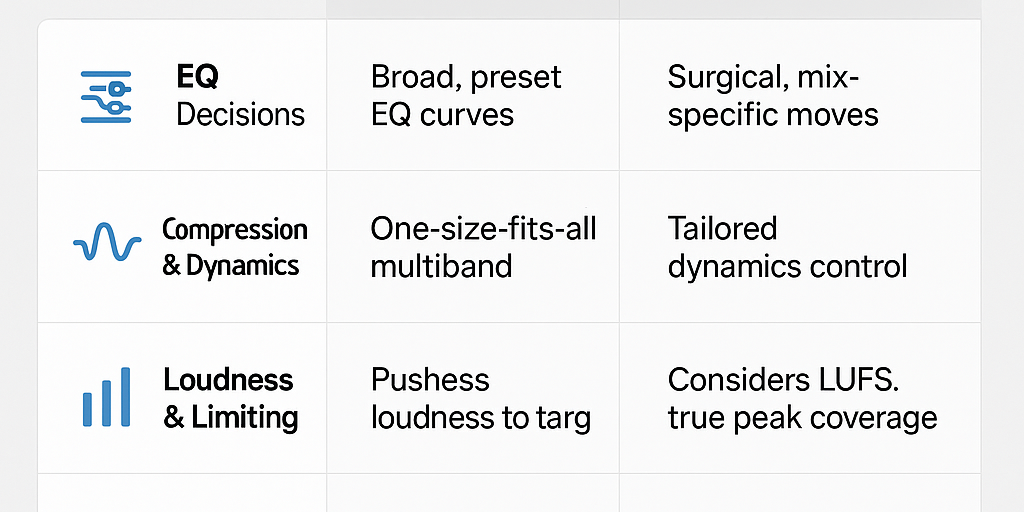When it comes to mastering ambient and electronic music, there are a few key things to keep in mind that will help you achieve the best possible results. One of the most important things to consider is the unique challenges that come with mastering this genre of music.
First and foremost, ambient and electronic music is often characterized by its use of textures, layers, and complex soundscapes. This means that mastering for this genre requires a high level of attention to detail and a keen ear for subtle nuances in the mix.
One of the most important tools in mastering for ambient and electronic music is EQ. This is because ambient and electronic music often relies on a wide range of frequencies, and EQ can help you balance these frequencies and create a sense of cohesiveness in the mix.
Another important tool in mastering for ambient and electronic music is compression. Compression can help you create a sense of depth and space in the mix, which is crucial for ambient and electronic music. It can also help you control the dynamic range of the mix, which can be especially important for this genre of music.
When mastering for ambient and electronic music, it's also important to focus on creating a sense of space and depth in the mix. This can be achieved by using reverb and other spatial effects, as well as by manipulating the stereo field of the mix.
Mastering for ambient and electronic music requires a high level of attention to detail and a keen ear for subtle nuances in the mix. By utilizing tools such as EQ and compression, focusing on creating a sense of space and depth, and paying close attention to the unique challenges of this genre of music, you can achieve the best possible results in your mastering process.
Tips and Tricks:
- Ambient and electronic music often relies on textures, layers, and complex soundscapes
- EQ is crucial for balancing frequencies and creating cohesiveness in the mix
- Compression can help create a sense of depth and space in the mix
- Focus on creating a sense of space and depth in the mix using reverb and other spatial effects
- Pay close attention to the unique challenges of mastering for this genre of music



